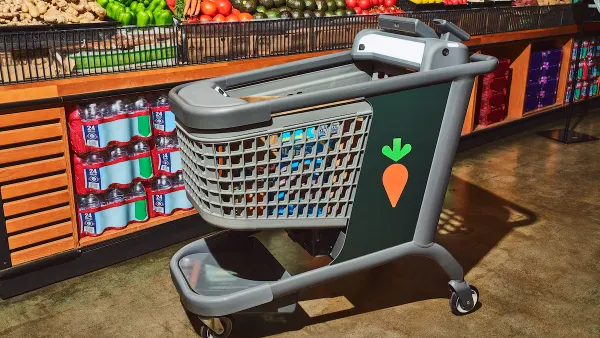Walmart has become a formidable competitor to supermarket operators — and that pressure will only increase as the mass retailer ramps up its grocery offerings and e-commerce options.
Grocery accounted for nearly 60% of Walmart U.S.’s total net sales for its fiscal year 2025. Over the past decade, Walmart’s grocery sales have climbed 65%. From its string of investments in foodservice to ramping up an automated grocery distribution, the mass retailer is making deep investments so it can continue snapping up food and beverage spending among price-conscious consumers.
How can traditional grocers compete against the retail giant? Where do supermarkets have advantages that they can leverage against the mass retailers? How can regional chains survive Walmart’s omnichannel expansion?
In this three-part series, Grocery Dive explores these key questions. First, we looked at Walmart’s growing grocery market share gains and what this means for traditional supermarkets.
Then, grocery analysts weighed in on how grocers can maintain their competitive advantage in foodservice as Walmart cooks up more meal options.
Finally, we looked closely at the role of e-commerce in appealing to grocery shoppers, delving into the advantages that Walmart has in online shopping and fulfillment and identifying areas where traditional grocers can stand out.












